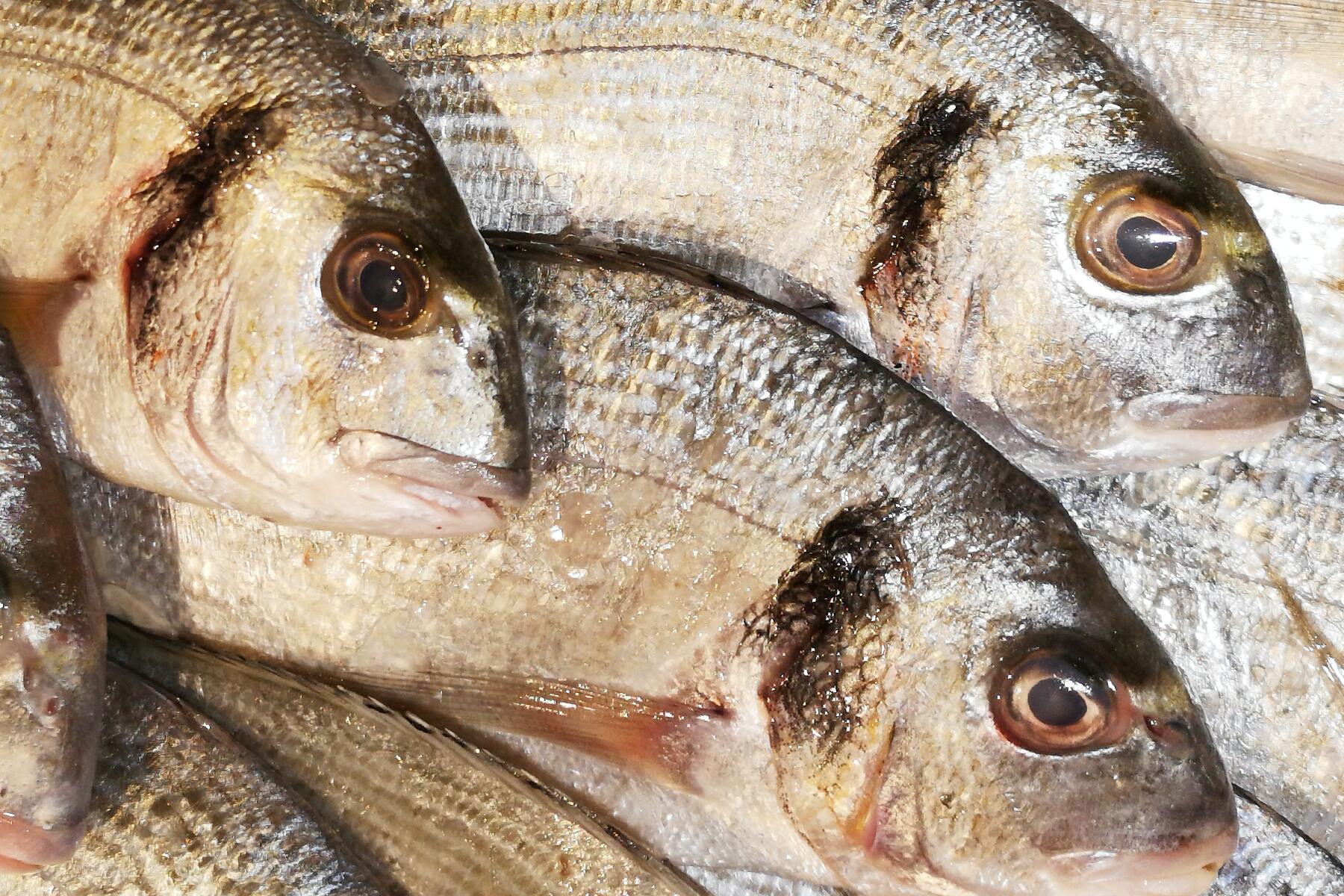Thousands of carcasses on the coast.
Summer’s off to a rocky start in the U.S. Flesh-eating bacteria washed up on Florida’s beaches, smoke from fires in Canada blanketed New York City, and now thousands of dead fish have washed ashore on Texas’ Gulf Coast.
Beaches in Freeport and Quintana, Texas, were inundated with fish carcasses that rotted under the sun. Quintana Beach County Park officials asked people to stay away from the beaches until cleanup due to high bacterial levels and sharp fins. On Sunday, an update said that the last of the fish had “deteriorated to the point of being shredded skeletons.”
The most impacted species was the Gulf menhaden. According to the National Oceanic and Atmospheric Administration (NOAA), the species has the largest fishery yield in the Gulf of Mexico. They travel in large numbers and are food for over 32 predators.
The dead fish have now largely been removed from the beaches, except for some that machinery couldn’t reach. “High tides over the next couple of days should sift the rest down into the sand and bury them,” a spokesperson for Quintana Beach said in a Facebook update.
Why Did This Happen?
The Texas Parks & Wildlife Kills and Spills Team released a statement explaining the fish-kill event was caused by low dissolved oxygen levels in the water.
Recommended Fodor’s Video
It’s a common, natural occurrence in the summer. Cold water has more oxygen than warm water, so oxygen levels shrink as temperatures increase. Dissolved oxygen is also lower in stagnant waters—waves and winds distribute oxygen. When oxygen levels go down in water fish can’t breathe.
“Shallow waters warm more quickly than deeper, so if a school of menhaden are trapped in the shallows as the water begins to heat, the fish will start to suffer from hypoxia. This causes fish to act more erratically, which in turn, further depletes the oxygen from the water,” Quintana Beach County Park explained in a Facebook post.
The process of photosynthesis also produces oxygen and it is dependent on sunlight. “Photosynthesis stops at night and may slow down on cloudy days, but plants and animals in the water continue to respire and consume free oxygen, decreasing the dissolved oxygen concentration. Often before a kill event occurs, fish can be seen trying to get oxygen by gulping at the surface of the water early in the morning. Some fish may also be lying on the bottom or at the edge of the water,” Texas Parks & Wildlife Kills and Spills Team said.
So warming water, cloudy skies, and calm seas added to the “perfect storm” that led to schools of fish dying.
This event wasn’t a direct consequence of climate change, but rising temperatures are warming the oceans and according to one study, the climate crisis is increasing the frequency of mass fish die-offs across northern temperate lakes.
The Facebook post also denied rumors of a chemical spill: “There was NO evidence of a chemical release of any kind, so please put those theories to rest and and do not spread misinformation.”
Related: You’ll Inadvertently Kill Yellowstone’s Animals if You Do This



